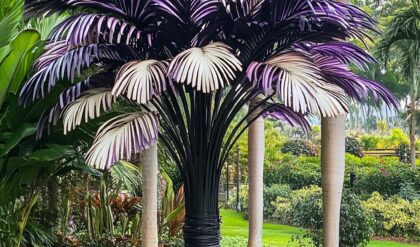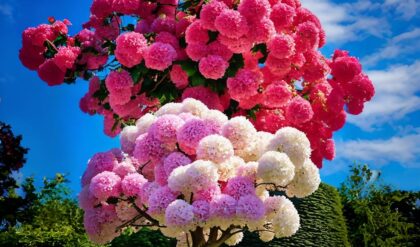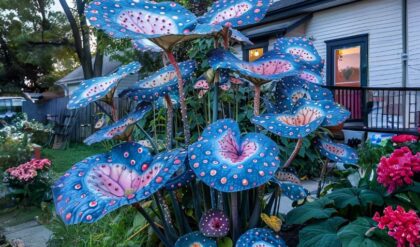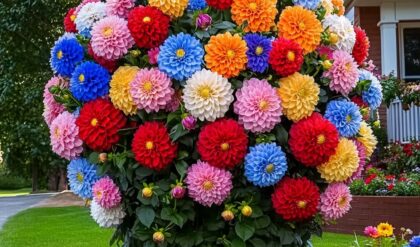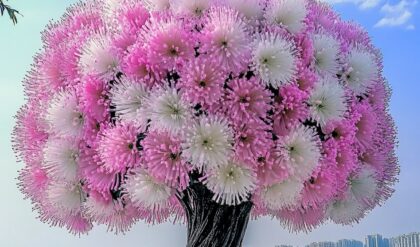The lily of the valley (Convallaria majalis) is a delicate flower renowned for its enchanting beauty and captivating fragrance. Often found blooming in shaded woodland areas, this perennial plant has woven itself into cultural lore and gardening practices for centuries. Understanding its characteristics, meaning, and care not only unveils the mysteries of this splendid flower but also illuminates the deeper connections humans have with nature.
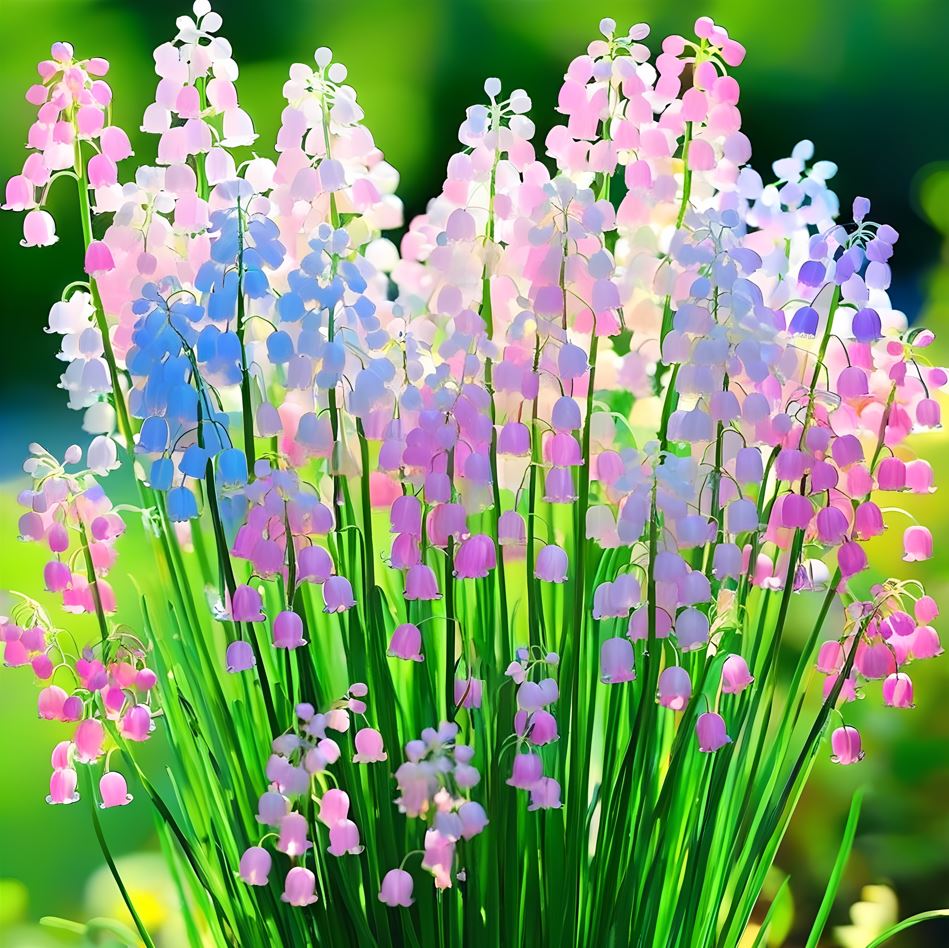
A Botanical Overview: Characteristics and Habitat
Lily of the valley typically grows to a modest height of about 10 inches, forming expansive colonies marked by lush green leaves and charming bell-shaped white flowers that dangle like miniature pendants. These small blooms often emerge in fragrant clusters during the late spring, showcasing both their allure and effectiveness at attracting pollinators . A fascinating aspect of this plant is its adaptability—thriving in both partial shade and well-drained soil makes it a favorite for gardeners looking to introduce beauty to less sunny areas .
The Eyes of Toxicity
Interestingly, despite their picturesque appearance, lily of the valley flowers are highly toxic. Every part of the plant contains compounds that can lead to serious health issues if ingested. This paradox of beauty intertwined with danger invites us to ponder the dualities present in nature, where allure can cloak peril. The understanding of toxicity can shape our approach to using these flowers in gardens or landscapes, perhaps serving as a reminder to always respect and recognize nature’s power over human experience .
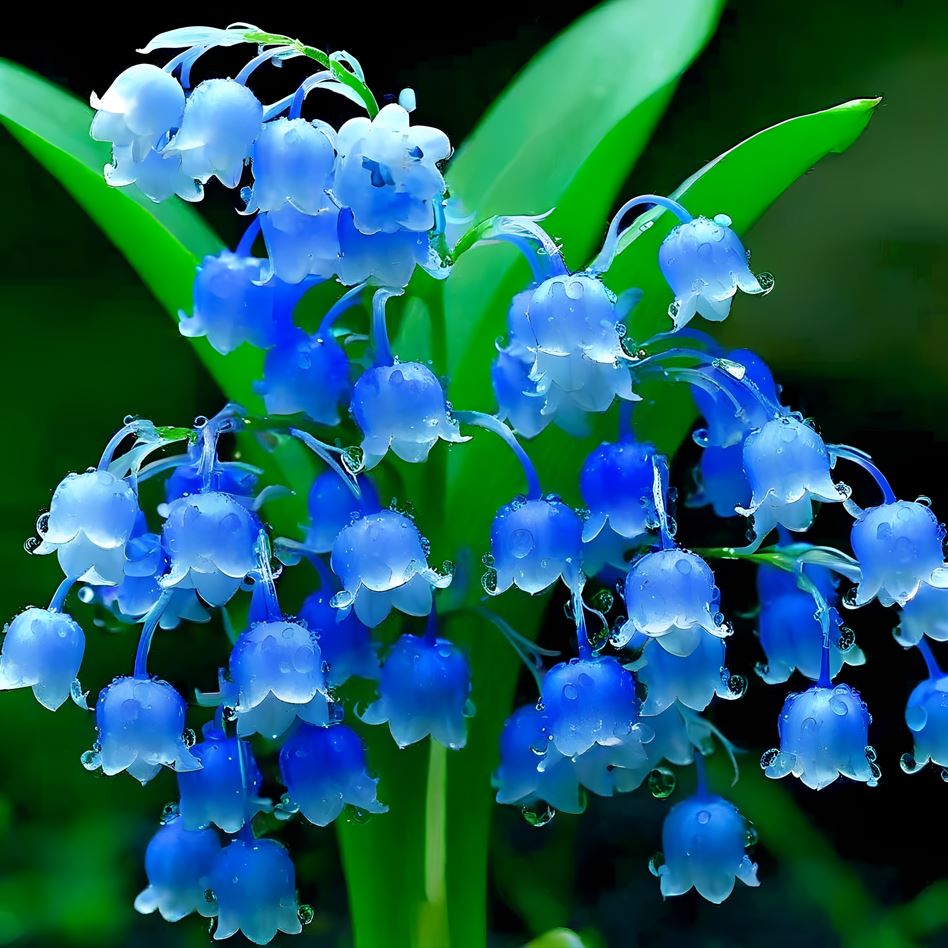
Cultural Significance: Symbolism and Meaning
Beyond the garden, the lily of the valley holds profound significance in various cultures. Often associated with humility, happiness, and rebirth, it serves as an emblem of purity in literary and artistic contexts. For example, in many European cultures, it features prominently in May Day celebrations, symbolizing the return of spring and the rejuvenation of life . Moreover, it gracefully adorns bridal bouquets, imparting blessings of good fortune and joy to newlyweds.
A Historical Perspective
Historically, the presence of lily of the valley was noted as early as the 15th century, and it has persisted as a beloved flower through time. Its inclusion in folk tales and narratives speaks volumes about humanity’s desire to find connection and solace in nature. Such historical significance reinforces the idea that flowers do more than just beautify our surroundings; they weave stories and evoke emotions, acting as vessels of remembrance and reflection.
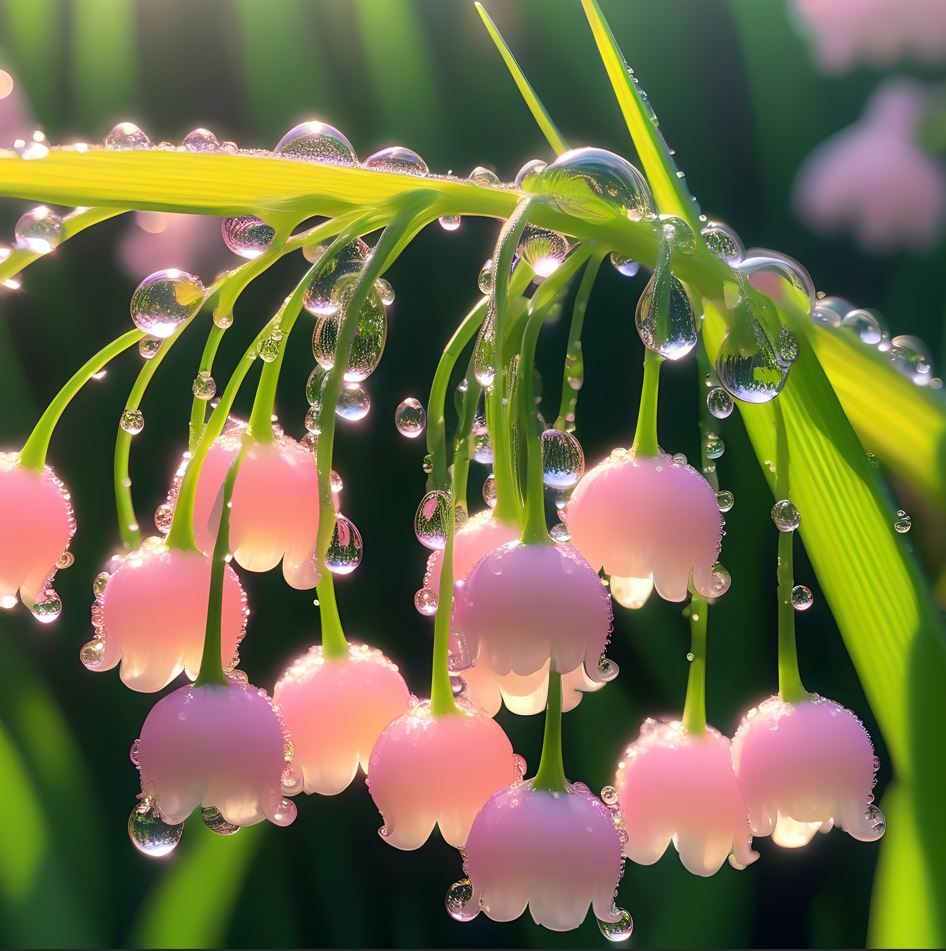
Practical Insights: Growing and Caring for Lily of the Valley
If one is enchanted enough to welcome lily of the valley into their garden, understanding its cultivation is essential. This resilient plant prefers moist yet well-draining soil and can persist in shaded areas where sunlight is scarce. It’s a low-maintenance option for gardeners seeking to create a naturalistic setting reminiscent of woodland glades . Detailed care instructions can significantly enhance not only the health of the plants but also the enjoyment derived from their presence during blooming seasons .
A Hypothetical Garden Scenario
Imagine a garden where different plants are positioned according to their characteristics—lily of the valley nestled alongside ferns and other shade-loving flora. The harmonious coexistence of such plants not only magnifies the individual beauty of each species but also enriches the ecosystem, promoting diversity. In this scenario, lily of the valley could serve as a focal point, demonstrating how even the smallest plant can play a crucial role in the larger tapestry of life.
By examining the multifaceted aspects of the lily of the valley flower—from its unique botanical traits to its symbolic significance—we unveil more than just a pretty bloom. We uncover layers of meaning that invite self-reflection and spark conversations around our relationship with the environment.
